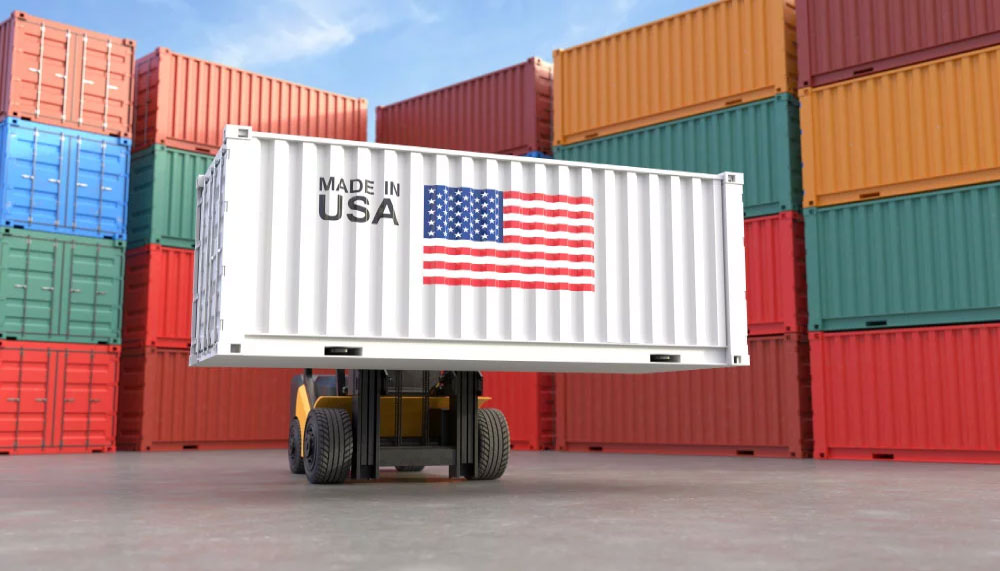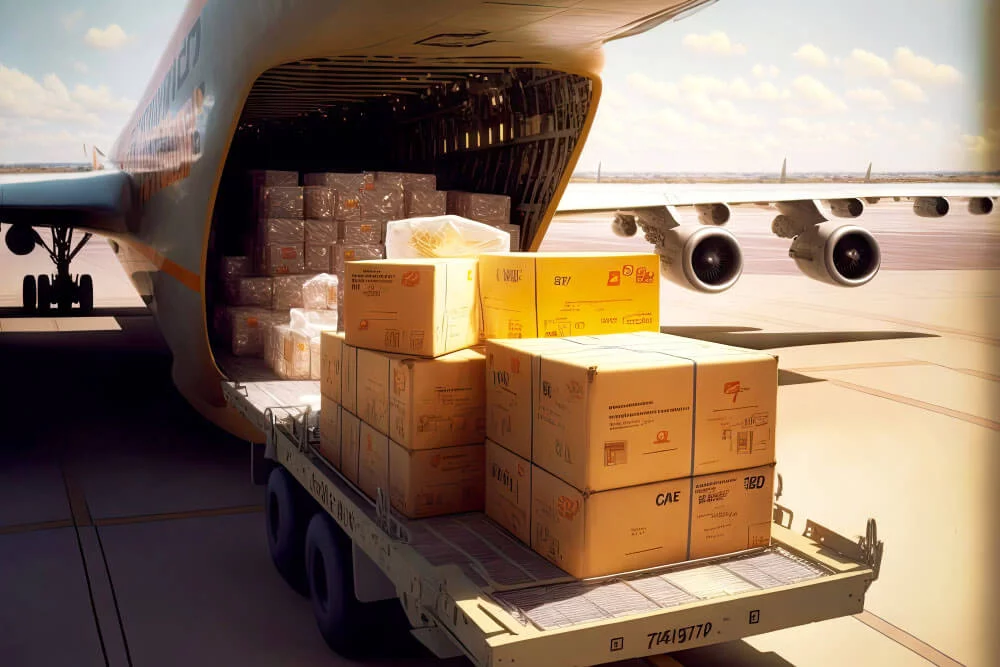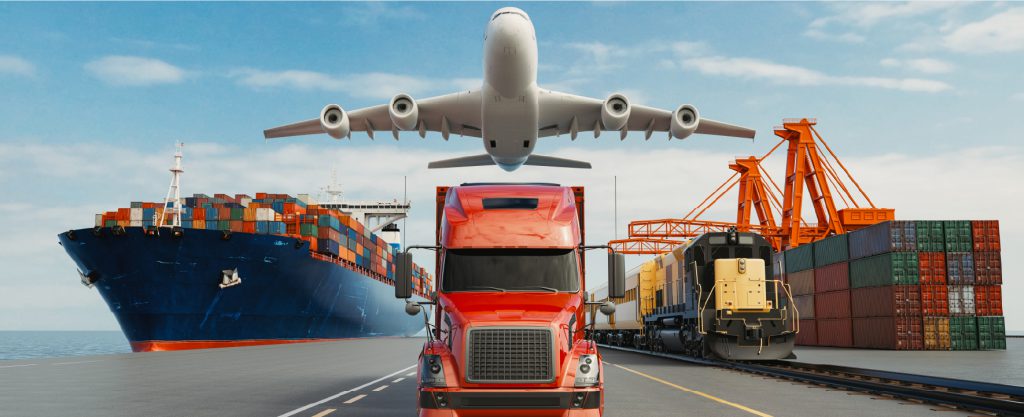Your Best Global Freight Forwarder

Your Best Global Freight Forwarder

If you’re in the business of importing products from China to the United States, you know that understanding freight rates is crucial. It can make or break your profit margins. In this comprehensive guide, we’ll dive deep into the points that define shipping costs, explore different modes of transportation, and provide insights to help you make informed decisions. So, let’s get started.
No doubt, freight rates are the lifeblood of the logistics trade. They dictate what you will have to shell out to transport your goods from China to the US. It’s not static; multiple factors create a freight rate jigsaw:
But that’s not the end of it. Seasonality, global incidents (like the infamous COVID-19), and capacity availability are all elements in the freight rate equation. Sounds puzzling? We’ve got your back.

Our first stop is the ocean. Going FCL means leasing an entire container, either a standard 20′ or a more spacious 40′. It can be a game-changer for large shipments since you pay a fixed rate, regardless of how packed your container is.
On the contrary, LCL is akin to sharing a cab. Your goods get a lift with other cargo, meaning your shipment gets merged at the source port and segregated at the destination port. It takes a tad longer than FCL, so bear that in mind.
Air freight is the expedited version of shipping. It’s swift but pricy. Your decision between air or sea will hinge on your shipment’s size, weight, and the urgency factor. If you’re confounded, use our air vs. ocean comparison tool to aid your decision-making.

Tick-tock, tick-tock. Waiting can be a nail-biter, particularly in business. But your shipment’s transit time is fluid. Location, shipment dimensions, and season can all conspire to dictate the clock. Market conditions, nature’s fury, unanticipated events can cause delays, which, sadly, is an ugly truth about shipping.
Next, we’ll continue exploring shipping costs and modes, and we’ll clue you in on selecting the right freight forwarder. Regardless of your shipping capacity, we’ll help you decode the basics of international shipping. So, stay tuned as we unfold the secrets of shipping from China to the US.
With an understanding of the basics, it’s time to delve into shipping costs from China to the US. We know your bottom-line matters, so let’s break it down:

It might boggle you up to see air freight, often seen as a premium choice, being more cost-effective than sea freight. It all comes down to base vs. variable costs. Lower base costs make air freight a feasible option for smaller shipments. In contrast, sea freight shines brighter for larger shipments, thanks to its lower variable weight costs.
Understanding the lead times for your shipment to cross the seas is vital for effective planning. Here’s a rule of thumb for lead times (under normal conditions):
Besides cost and speed, comprehension of the nuances of various shipping modes is vital:
Stay tuned as we break down the process of selecting the right freight forwarder, negotiating freight documents, managing packaging, and insuring your cargo. We are here to help you traverse the world of shipping from China to the US fearlessly and effortlessly.
